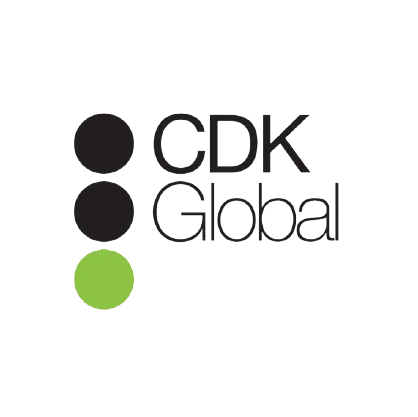Artificial intelligence (AI) has revolutionized the digital world in ways that we never thought were possible. Unfortunately, with this innovation comes a new problem: the rise of AI-generated junk websites and programmatic advertisements. These websites and ads are created through automated processes, with no human intervention. This makes it easier for anyone to create a website or advertisement, but it also means that these sites and ads lack quality and authenticity.
The Problem: AI-Generated Junk Websites and Programmatic Ads
The internet is filled with low-quality websites that are created with the sole purpose of generating revenue through ads. These websites are often filled with content that is poorly written, plagiarized, or even fake. These websites are commonly referred to as “junk websites,” and unfortunately, they are becoming more common than ever before.
Programmatic advertising is also becoming more popular, with many advertisers using automated processes to purchase and place ads. While programmatic advertising can be efficient and cost-effective, it can also result in ads being placed on low-quality or even fake websites. This not only damages the reputation of the advertiser, but it also leads to a decline in consumer trust.
How AI Makes it Easy to Create Junk Websites and Ads
AI makes it easier for anyone to create a website or advertisement without any coding or design skills. This means that even those with no experience in web development or advertising can create a website or advertisement in a matter of minutes. These automated processes can create websites or ads that look legitimate, but are often filled with low-quality content or even fake information.
Programmatic Advertising: The Good and the Bad
Programmatic advertising can be efficient and cost-effective, but it can also result in ads being placed on low-quality or even fake websites. This not only damages the reputation of the advertiser, but it also leads to a decline in consumer trust. However, programmatic advertising can also be a powerful tool for targeting specific audiences and delivering relevant ads.
The Impact of Junk Websites and Ads on Consumer Trust
Consumer trust is essential for any business to succeed. Unfortunately, the rise of AI-generated junk websites and programmatic advertisements can damage this trust. Consumers are becoming more aware of these low-quality websites and ads, and are starting to question the legitimacy of the content they see online. This can lead to a decline in trust for legitimate websites and advertisements, further damaging the reputation of businesses and advertisers.
How Can We Combat the Rise of AI-Generated Junk Websites?
There are several ways to combat the rise of AI-generated junk websites. One approach is to focus on creating high-quality content that provides value to consumers. This can help to establish a business or brand as an authority in its industry, which can lead to increased trust and credibility. Another approach is to use more human oversight in the creation of websites and advertisements, as well as in the placement of ads.
The Future of Programmatic Advertising and AI-Generated Content
As AI continues to evolve, we can expect to see more innovations in programmatic advertising and AI-generated content. However, it is important to ensure that these innovations are used ethically and responsibly. This means focusing on creating high-quality content that provides value to consumers, and ensuring that ads are placed on legitimate websites. By doing so, we can ensure that AI continues to benefit businesses and consumers alike, without compromising on quality or authenticity.
The rise of AI-generated junk websites and programmatic advertisements is a growing concern for businesses and consumers alike. However, by focusing on quality and authenticity, and by using more human oversight, we can combat this problem and ensure that AI continues to benefit us all. Through responsible use of AI, we can create a digital world that is both efficient and trustworthy.




